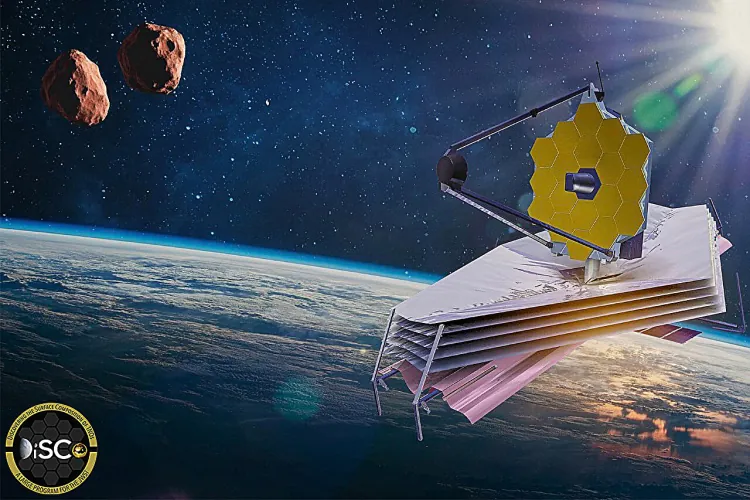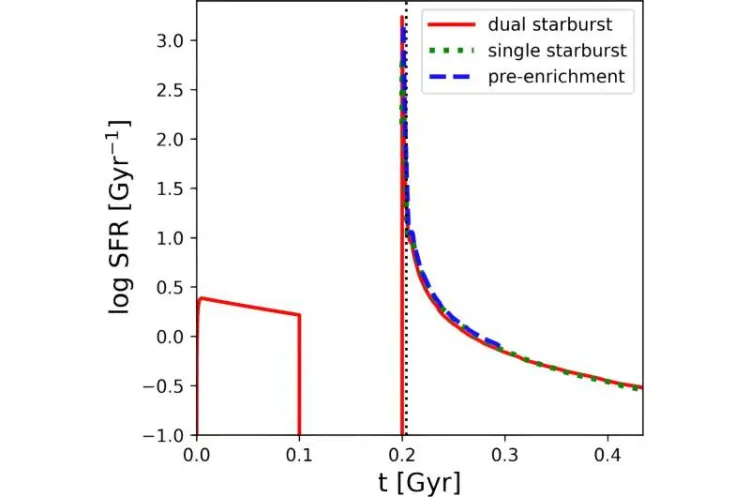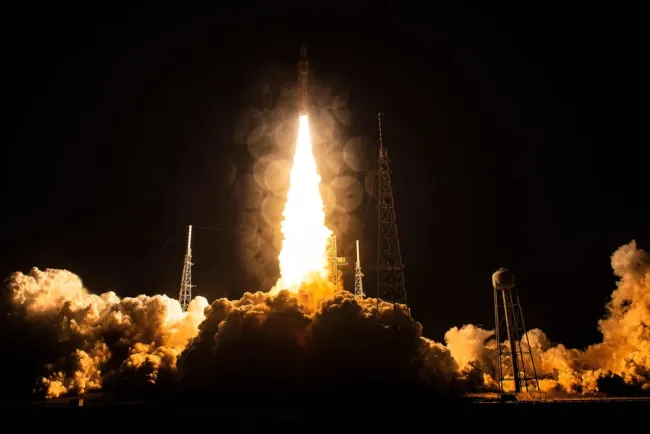Breakthrough in Cosmic Mystery: Nitrogen-Rich Galaxy Explained
Discover how scientists unraveled the enigma of a nitrogen-rich galaxy, 440 million light-years away, using the James Webb Space Telescope.

- Introduction
- Overview of the groundbreaking discovery.
- The Mystery of GN-z11
- Characteristics of GN-z11 and its unusual nitrogen abundance.
- The Role of the James Webb Space Telescope
- How JWST data contributed to solving the mystery.
- Disproving Previous Hypotheses
- Examination of the supermassive star theory.
- The Bursty Star Formation Model
- Explanation of the new theoretical model.
- Implications for Astrophysics
- How this discovery changes our understanding of the early universe.
- Future Directions in Research
- What this means for the field of astrophysics and further studies.
- Conclusion
- Summary of findings and their importance.
- FAQs
- Common questions related to the topic.
Full Article:
Introduction
In a landmark study, scientists have finally shed light on the peculiar chemical makeup of one of the universe's most distant galaxies. This significant advancement, led by Professor Chiaki Kobayashi of the University of Hertfordshire, leverages data from the James Webb Space Telescope (JWST) to explain why the galaxy known as GN-z11 is so rich in nitrogen.
The Mystery of GN-z11
Located merely 440 million years post-Big Bang, GN-z11's spectra revealed a surprisingly high concentration of nitrogen. Traditionally, such elemental abundance was challenging to account for, considering the early universe primarily produced lighter elements.
The Role of the James Webb Space Telescope
The JWST played a crucial role in this research, offering unprecedented clarity on the galaxy's chemical composition. Its findings were instrumental in debunking the longstanding theory that supermassive stars were responsible for the nitrogen abundance.
Disproving Previous Hypotheses
Professor Kobayashi's work has effectively dismissed the notion that a supermassive star, or its remnants, could account for the observed nitrogen levels. This pivot away from established hypotheses marks a significant stride in astrophysical research.
The Bursty Star Formation Model
The study introduces a "bursty" star formation model as the underlying cause of GN-z11's nitrogen richness. This model, unique for its simplicity and reliance on common stellar processes, suggests that Wolf-Rayet stars, in their dying phases, produced the nitrogen before heavier elements like oxygen could emerge from supernovae.
Implications for Astrophysics
This discovery not only offers a new lens through which to view early galaxies but also enriches our understanding of the universe's evolutionary dynamics. It paves the way for what Professor Kobayashi terms "extra-galactic archaeology," a method of studying the universe's history through elemental abundance patterns.
Future Directions in Research
Looking forward, the research team aims to uncover more galaxies with unusual chemical compositions. This pursuit will enhance our comprehension of the cosmos and provide further insights into the life cycles of early galaxies.
Conclusion
The elucidation of GN-z11's nitrogen richness represents a pivotal moment in cosmic research. This study, rooted in data from the JWST and spearheaded by Professor Kobayashi's innovative theoretical model, invites a broader exploration of the universe's early days.
FAQs
- What makes GN-z11 unique?
GN-z11 is distinguished by its high nitrogen content, observed shortly after the Big Bang. - How did the JWST contribute to this discovery?
The JWST provided detailed spectra that were crucial in identifying the galaxy's chemical composition. - What is the significance of the bursty star formation model?
This model offers a new understanding of how early galaxies evolve and the processes contributing to their unique chemical compositions.
Further Reading and Resources
For more insights into the mysteries of the universe and the latest in astrophysics research, explore Kiksee Magazine, where science meets curiosity.

What's Your Reaction?





















